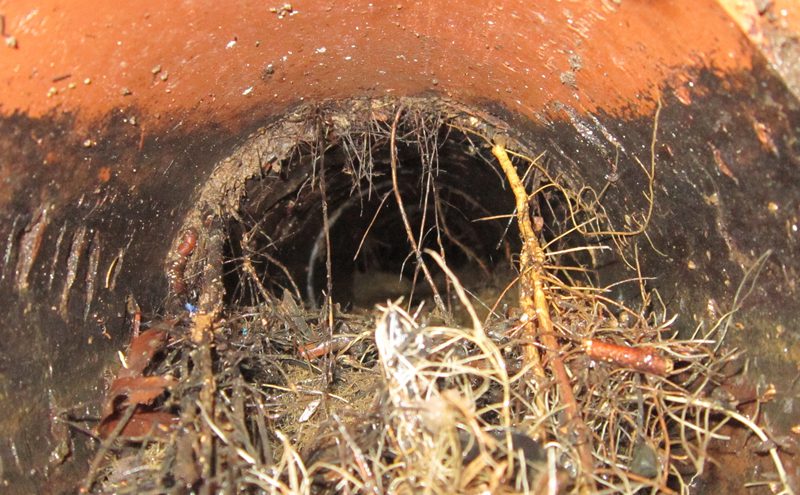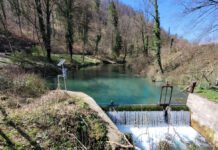
Highway chiefs in North Yorkshire County Council have commissioned Lanes Group to use its water jetting technology and expertise to help keep their roads open and flood-free.
The Lanes depot in Middlesbrough has been working for highway construction and maintenance company Ringway, who operate the roads on behalf of North Yorkshire County Council, to clear the roadside drains of roots.
North Yorkshire County Council approved the work to minimise the risk of localised flooding disruption to the road network. Following initial success of clearing culverts and gullies, the council has approved further root cutting work in highway drains.
Root infestation is one of the most common causes of highway drain blockages, leading to water pooling on roads, increasing driving hazards, and even closing some routes.
The roots growth between joints in the drainage lines, or through small cracks in the pipes. They then slow the flow of water, allowing silt and other debris washed off the road to build up, resulting blockages.
The drainage team at Lanes Middlesbrough uses a special manhole cap to increase the force of jetting equipment on its jet vac tankers from 2,500 pounds per square inch (PSI) to 7,000 PSI.
At this pressure, the water jets more easily slice through the roots, which can then be removed from the pipe with the jet vac tanker’s vacuumation system.
Doug Meynell, Area Development Manager for Lanes Middlesbrough, said: “Ringway has been impressed by the speed and effectiveness of removing roots by water jetting.
“Our teams are experts at doing this. A CCTV drainage camera is placed downstream from the root blockage to jet vac engineer can view the work as it progresses. But they are so experienced, that they can also feel the roots through the jetting hose.
“The conventional alternative is to use a mechanical cutting system. However, the cutter often gets jammed in the pipe and can even damage it. Sometimes, the only way to get it out is to excavate the pipe, causing delays and increasing costs.
“With highway authorities concerned about an increasing number of extreme weather events, keeping road drainage channels clear, using the safest, fastest and most cost-effective methods, is of vital importance.”
Lanes can also deploy a recycler jet vac tanker to carry out the work. This advanced machine can filter and reuse its water, allowing it to stay on station for longer, increasing productivity of blockage clearance work by up to 68 per cent.
So far, Lanes drainage engineers have use the water jetting root cutting technique at highway drainage flood-risk hot spots in Catterick Garrison, Richmond, Leyburn and Hawes. Similar work at other sites is now planned.
In some cases, water jets at standard jet vac tanker pressures are powerful enough to break down root. However, some need more persuasion to budge, said Doug Meynell.
He added: “Our high-pressure jetting set has an additional pump that boosts the water pressure, but reduces water flow. Once the roots have been broken up, the jet vac tanker’s jetting system, which has a lower pressure but a higher flow rate, is used to drag the debris back to the manhole, where it can be vacuumed up.”






